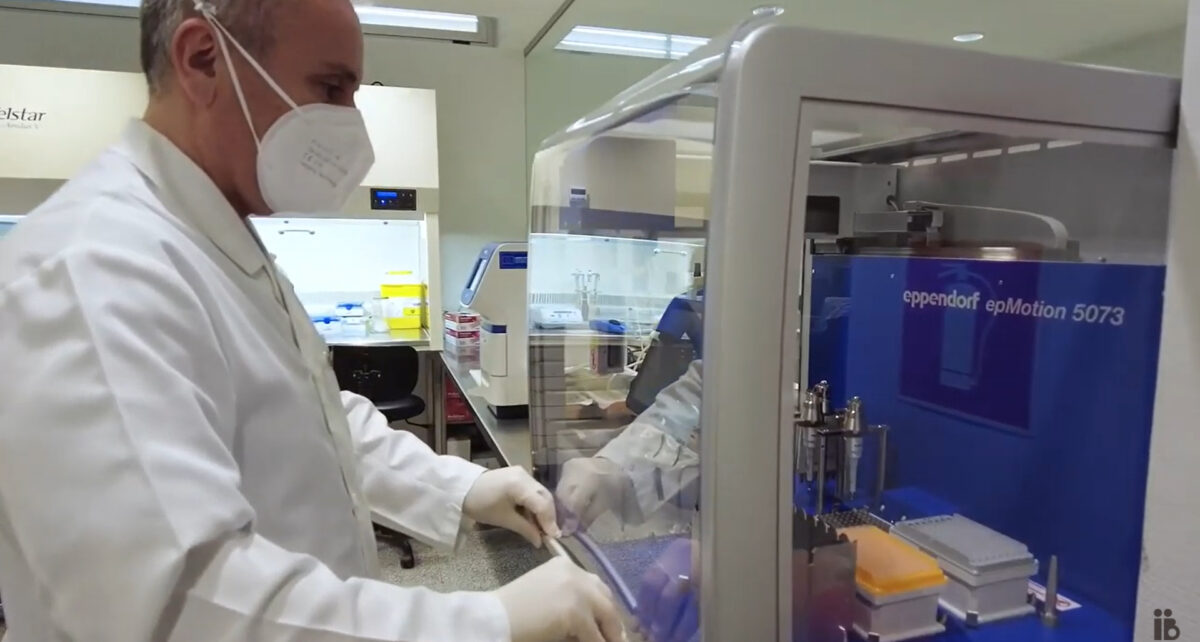
Primary ovarian failure and its diagnosis using mass sequencing techniques
Primary ovarian failure (POF) or early menopause is the loss of ovarian function before the age of 40. As a result of this cessation of ovary function, the woman stops having menstruation and her hormonal levels are altered. It’s a common cause of infertility in women, who must resort to assisted reproductive techniques to have children.
Índice
Ovarian failure causes
Different reasons that can produce this pathology are known, also called Premature Ovarian Insufficiency (POI) or Primary Ovarian Insufficiency, such as:
- Chromosomal alterations: ex. Turner syndrome (karyotype 45, X0)
- Genetic alterations: ex. Premutation in the FMR1 gene (Fragile X Syndrome)
- Autoimmune disorders
- External factors
However, these factors would only explain approximately 20-25% of cases. Therefore, in most patients the cause is unknown. In up to 80% of cases, there could be an undiagnosed genetic cause.
New genetics investigations to deepen in the ovarian failure cases
That is why, in recent years, multiple studies have been carried out to discover new genes involved in this pathology. Research in this field has advanced significantly thanks to the appearance of massive sequencing techniques or Next-generation sequencing (NGS). This technology allows to analyse numerous genes in different patients in a fast way. Through studies with NGS in large groups of patients with POF or in women of the same family, new candidate genes have been identified. These genes are involved in different ovarian processes, such as:
- the development of the ovarian follicle
- cell division
- DNA repair
Pioneers in the ovarian failure causes diagnosis
In the Instituto Bernabeu’s Department of Molecular and Genetic Biology we have carried out a project to identify new mutations and genes in patients with familiar ovarian failure. As a result of this study, we have developed a new test to diagnose POF using mass sequencing techniques. This way, we simultaneously study 512 genes that cause this pathology.
Until recently, only the study of the karyotype and the FMR1 gene (Fragile X syndrome) allowed us to know if early ovarian failure had a genetic origin. Consequently, many patients were left without a diagnosis. Currently, thanks to this new technology we can carry out a more complete diagnosis, not only from a clinical point of view, but also genetically.
Primary ovarian failure correct diagnosis advantages
A correct diagnosis of FOF has great benefits for the patient:
- Know the origin of your infertility problem
- In the case of an early diagnosis, to be able to plan your reproductive life, advancing motherhood or eggs vitrification.
- Prevent problems associated with early menopause such as osteoporosis, or cardiovascular problems.
- Carry out a family study, in case of female relatives (sisters, cousins …), to be able to take the same preventive measures in them, if the genetic diagnosis of POF is confirmed.
- Optimize your assisted reproduction treatment
Instituto Bernabeu has a multidisciplinary team and the most advanced technology for genetic diagnosis, as well as a Unit specialized in Low Ovarian Reserve and Early Ovarian Failure to provide the best diagnostic and therapeutic solutions to our patients.
IT MAY ALSO BE OF INTEREST TO YOU:
- Poor Ovarian Response Unit at Instituto Bernabeu
- IBgen POF: Ovarian failure genetic Study
- Premature Ovarian Failure, Can I be a mother? Causes, symptoms, diagnosis, treatment and prevention
- Fragile X chromosome syndrome and fertility
Dr. Ruth Morales, molecular biologist at Instituto Bernabeu.
